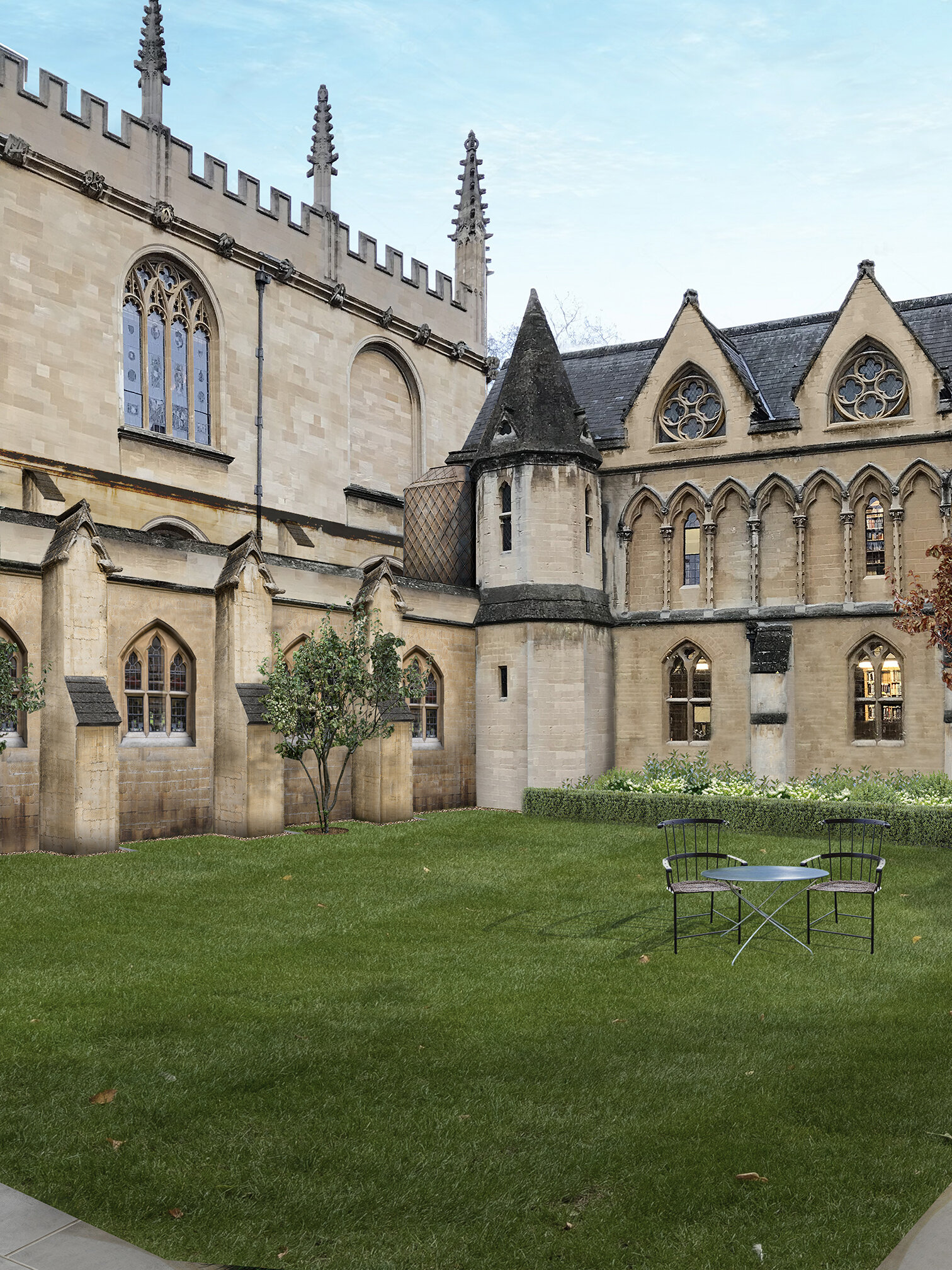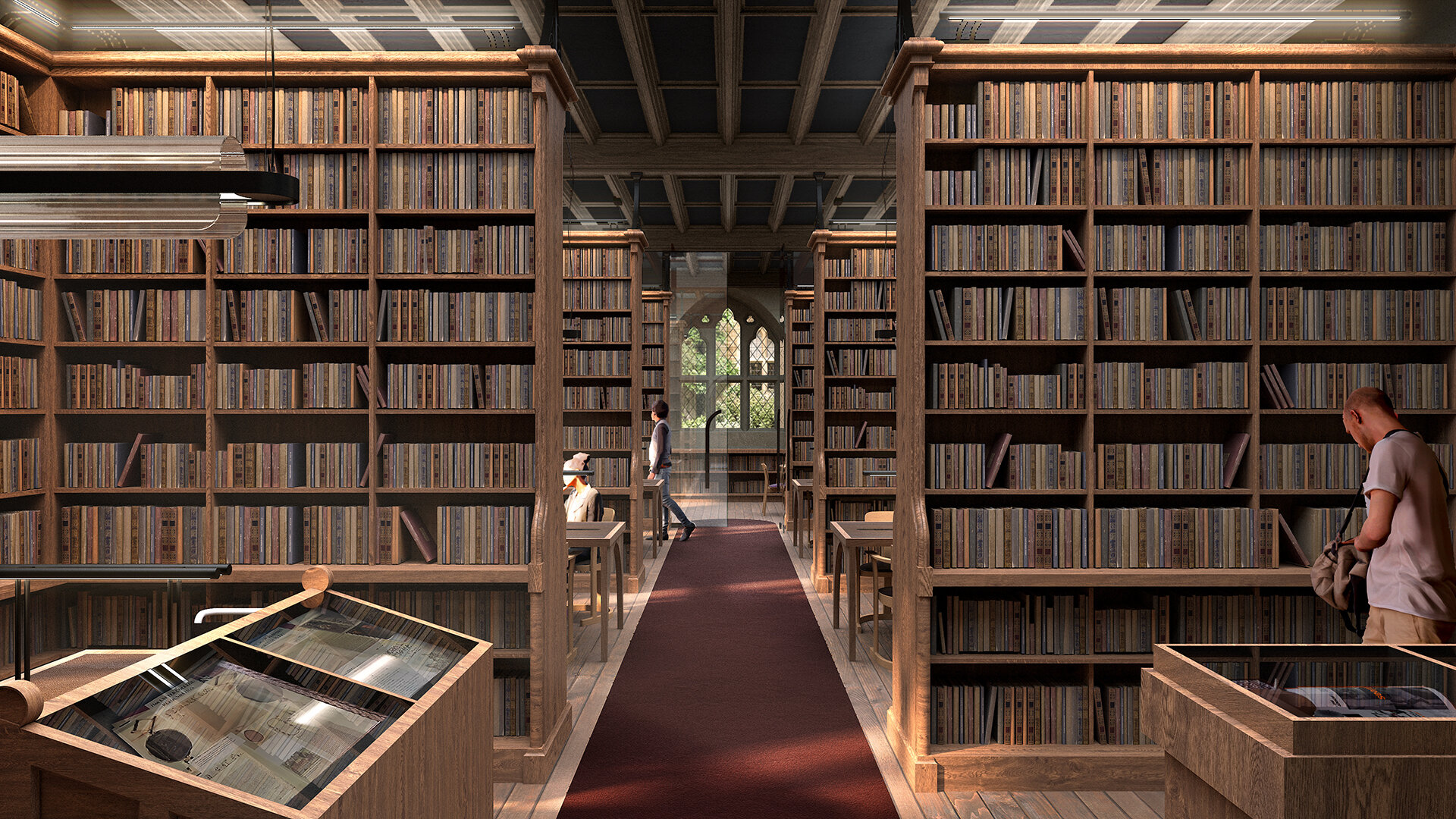The Restoration and Renovation of the Grade II listed Victorian Library at Exeter College, Oxford
The Marks Family Charitable Trust has issued a grant contributing to the restoration and dynamic renovation of the Grade II listed Victorian Library at Exeter College, Oxford.
The Library at Exeter College, Oxford, was designed and built by the celebrated Victorian architect Sir George Gilbert Scott in 1856-7; it is a building of considerable architectural importance and one of the College’s most distinctive landmarks. It is central to the student experience at the College, and the building and its collections are extensively used 24 hours a day. It has been an intellectual home to many of the notable writers, who have emerged from Exeter since the early 20th century, including JRR Tolkien, Alan Bennett, Martin Amis, Philip Pullman, Christopher Reid, Will Self and Amy Sackville.
Image © Nex-Architecture
Since the Archives and Special Collections moved from the Turl Street Library to Cohen Quad in 2017, about a quarter of the Library remained under-utilised. The removal presented an opportunity to re-design the internal space and modernise it in a way that was sympathetic to the original design.
The Restoration Project
The vision, for the restoration project, is to provide a study space fit for 21st century students and beyond, whilst still maintaining the Library’s inspiring atmosphere and beauty for generations to come. Preserving and protecting the historic fabric of the building inside and out. The £10m project plans to deliver a third more study spaces, a new roof, modern electrical wiring, environmentally friendly ventilation (both of which will significantly reduce the College's carbon footprint).
In May 2019 Exeter appointed Nex, a London-based architects firm to oversee the re-design of the Library with Donald Insall Associates as conservation architects and historic building advisers.
The new design will deliver:
A third more reader space (up to 90 readers from 65)
A variety of study spaces from individual desks to more
casual communal areas
A fully accessible Library (including a lift and accessible WC)
Step-free access route via the Rector’s Garden
Dedicated Librarians’ facilities
Modern electrical wiring
Environmentally friendly ventilation
A more flexible design which can be adapted in years to come as study habits change
Display cases for treasured books and objects - such as a display of our Tolkien-related artefacts
Image © Nex-Architecture
Further links:



